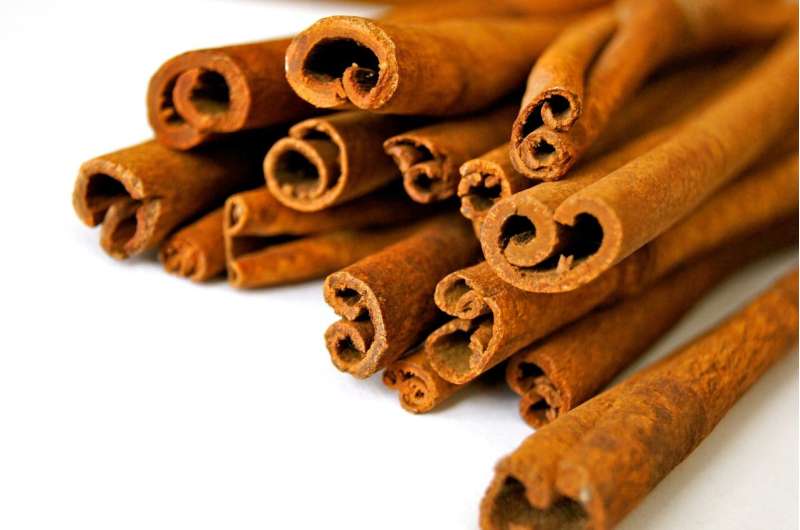
2020 was a doozy of a year, to say the least! As 2021 continues to transition us out of the COVID-19 pandemic thanks to global public health efforts, we are often left with questions about the lingering health effects of COVID-19.
While common signs and symptoms of COVID-19 such as fever, shortness of breath, cough, and fatigue can pose serious challenges, I have gotten more questions about loss of smell and taste than about the previously mentioned symptoms. There’s something about the loss of these sensory perceptions that can throw people off psychologically.
There are many studies published in the past year about the percentages of symptoms that occur when suffering from COVID-19. To get a better understanding of how these percentages work, one could look at what’s called a meta-analysis, or in other words, an analysis of the (published) analyses. When a combined sample of about 20,000 COVID-19 patients were looked at internationally, loss of smell was reported in 49% of these patients, and loss of taste was reported in 42%. In another study, about 1 in 4 people with COVID-19 reported that loss of smell was the first symptom they experienced.
When coronavirus (SARS-CoV-2) enters the nose, it likes to attack a family of smell-related cells of the brain called the olfactory receptor neurons, entering through their surrounding glial cells. The tricky thing about this phenomenon is that “flavor” perception in the brain actually comes from a combination of smell and taste, and the ratio of smell to taste is roughly 8:2. While suffering from COVID-19, many people unfortunately may have difficulty enjoying the flavor of their favorite comfort foods to get them through the infection, which in itself can contribute to worsening of mood.
Source: Read Full Article
